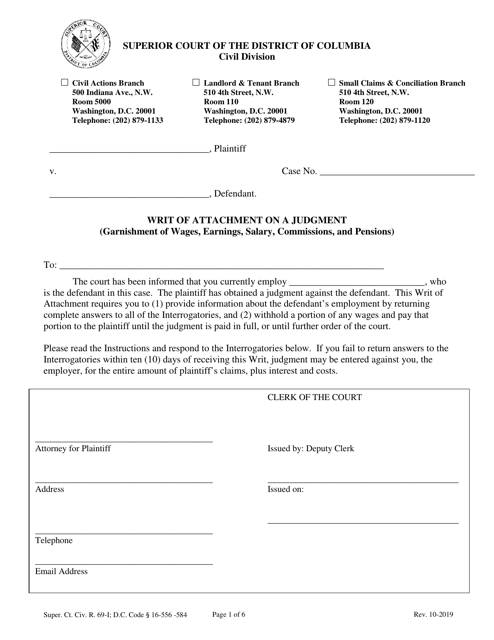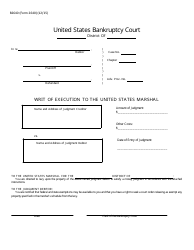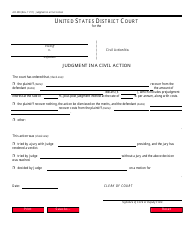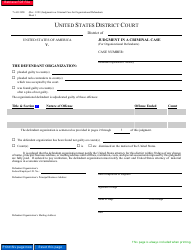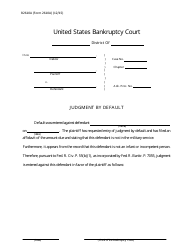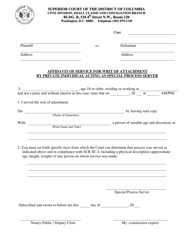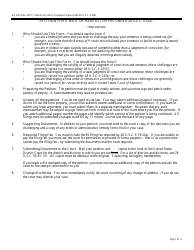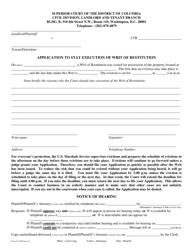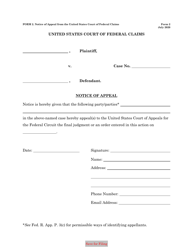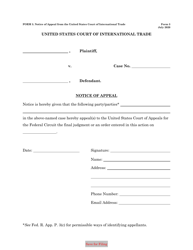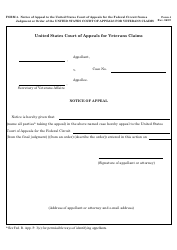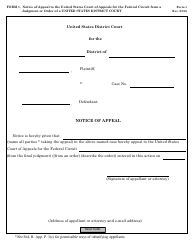Writ of Attachment on a Judgment (Garnishment of Wages, Earnings, Salary, Commissions, and Pensions) - Washington, D.C.
Writ of Attachment on a Judgment (Garnishment of Wages, Earnings, Salary, Commissions, and Pensions) is a legal document that was released by the District of Columbia Courts - a government authority operating within Washington, D.C..
FAQ
Q: What is a writ of attachment on a judgment?
A: A writ of attachment on a judgment is a legal order that allows a creditor to garnish the debtor's wages, earnings, salary, commissions, and pensions.
Q: What does garnishment mean?
A: Garnishment refers to the process of deducting money from a person's wages or other income to pay off a debt.
Q: Who can use a writ of attachment on a judgment?
A: Any creditor who has obtained a judgment against a debtor can use a writ of attachment to garnish the debtor's wages, earnings, salary, commissions, or pensions.
Q: How does a writ of attachment work?
A: Once a writ of attachment is issued, it is served to the debtor's employer or the entity responsible for making payments to the debtor. The employer or entity then deducts a portion of the debtor's wages, earnings, salary, commissions, or pensions and sends it to the creditor instead.
Q: Is there a limit on how much can be garnished?
A: Yes, there are federal and state laws that limit the amount of money that can be garnished from a debtor's wages or income.
Q: Can a debtor challenge a writ of attachment?
A: Yes, a debtor can challenge a writ of attachment by filing certain legal documents and providing evidence to show that the garnishment is causing undue hardship.
Q: Are there exemptions from garnishment?
A: Yes, certain types of income, such as Social Security benefits, are generally exempt from garnishment.
Q: Is a writ of attachment the same as a bank levy?
A: No, a writ of attachment allows for the garnishment of wages or income, while a bank levy involves freezing a debtor's bank account and seizing funds directly from the account.
Form Details:
- Released on October 1, 2019;
- The latest edition currently provided by the District of Columbia Courts;
- Ready to use and print;
- Easy to customize;
- Compatible with most PDF-viewing applications;
- Fill out the form in our online filing application.
Download a fillable version of the form by clicking the link below or browse more documents and templates provided by the District of Columbia Courts.
